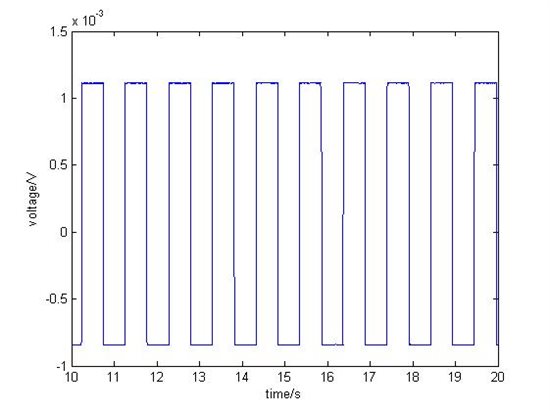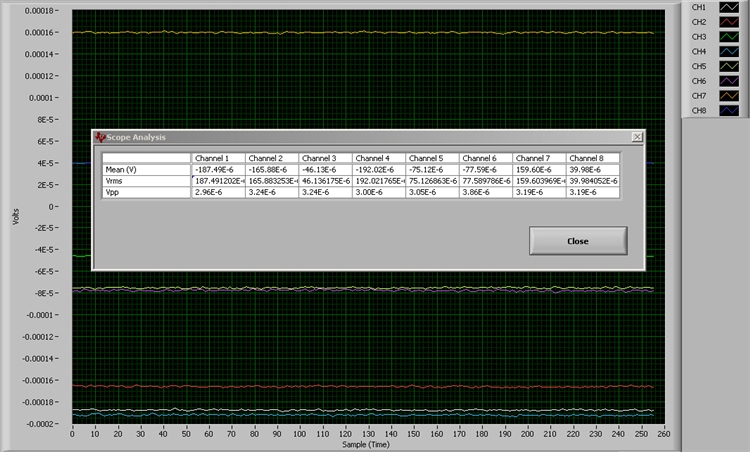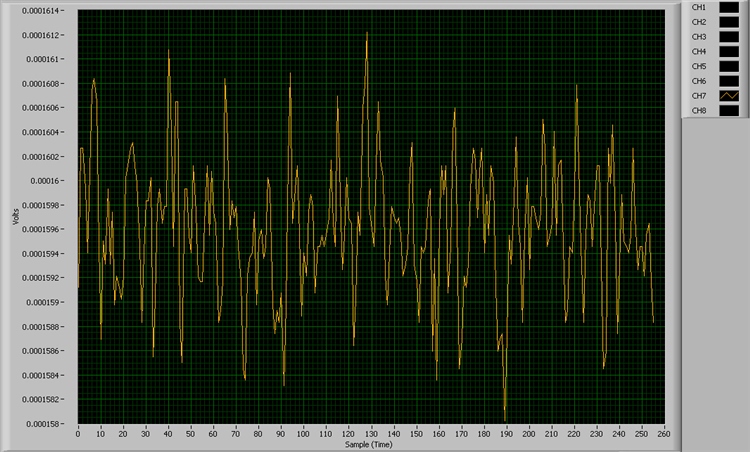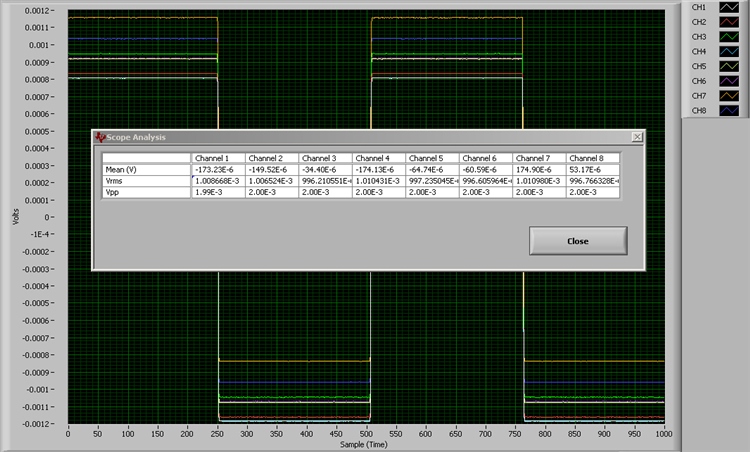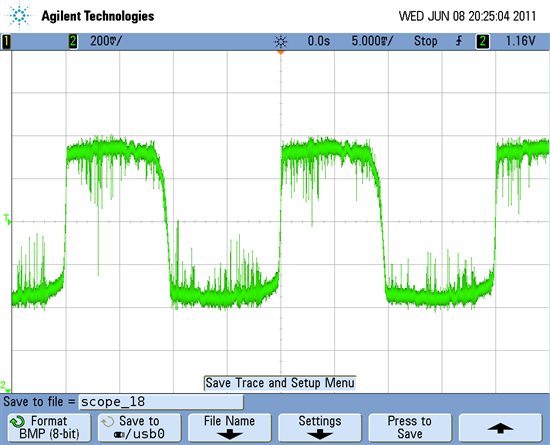hi,
I got a problem with the input-referred noise.It is said on the datasheet that the peak to peak noise of ADS1298 is 3.5uV when analog supply=3V,reference volt=2.4V,output data rate=500sps,PGA gain=6 and the device is in the high resolution mode.But when i follow the procedure written in page 78 of the datasheet to check the input referred noise using a circuitry designed by myself,it seems that the noise is about 130uV.This is the plot of noise.I don't know what is wrong.
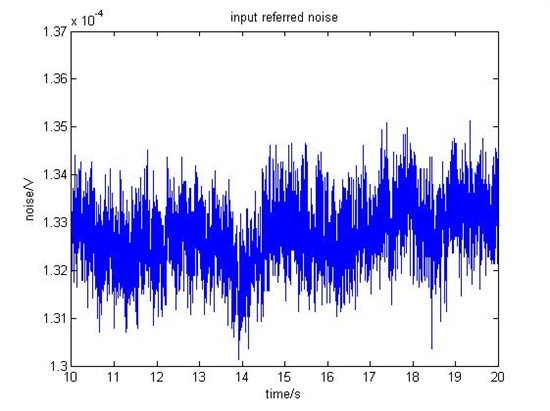
i also upload the plot of the 1mV internal test signal.
